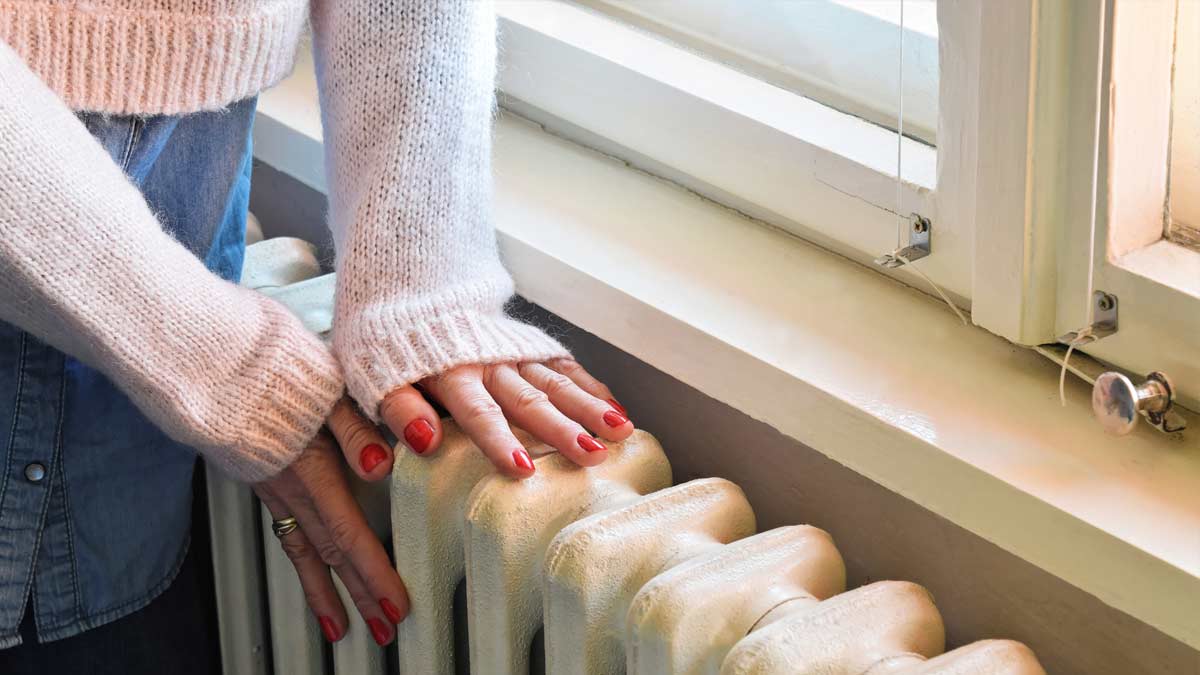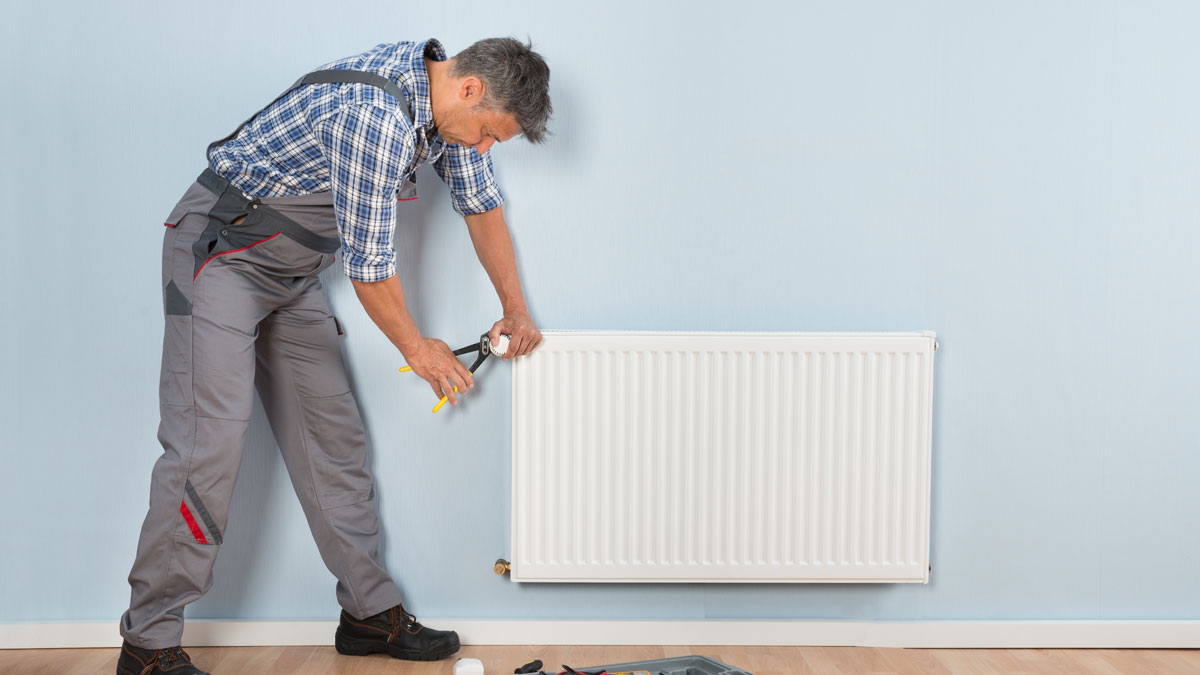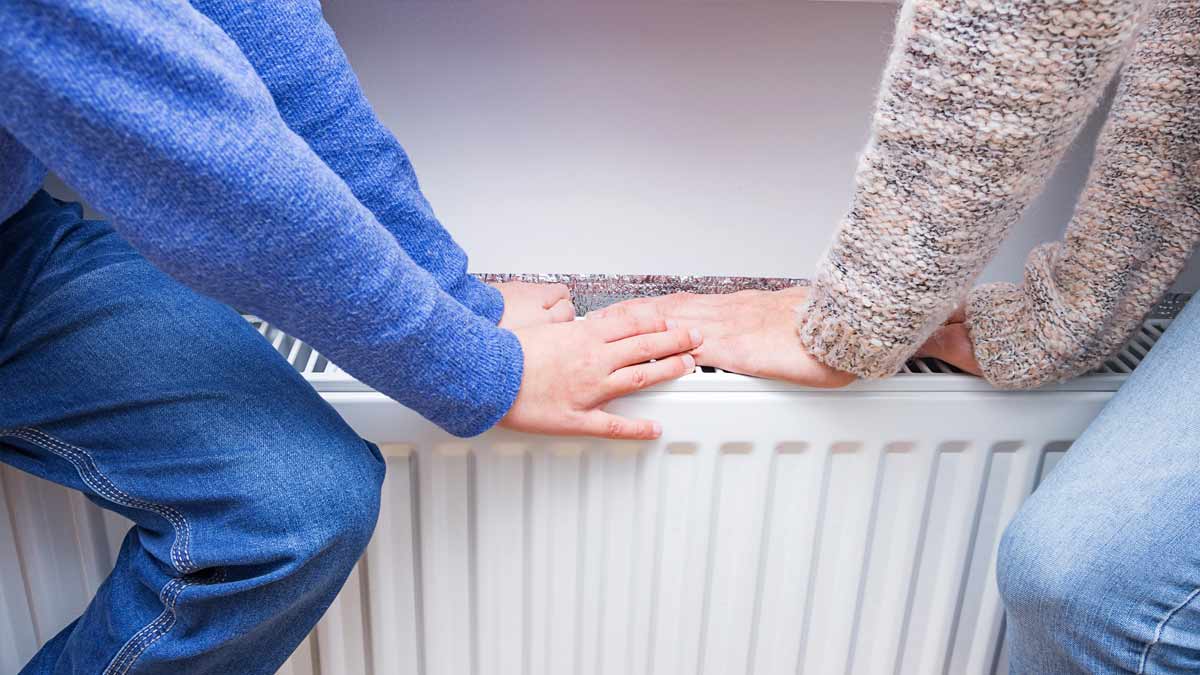As cold days arrive, a steam heating radiator is an efficient and cost-effective solution to heat your home. They remain popular due to their ease of use and capacity for producing comfortable and even heating. However, some areas of the house won’t be warm enough if the radiator isn’t heating properly. There are a number of typical issues that can indicate that your radiators aren’t functioning properly. Fortunately, there are a few easy steps you can follow to identify the source of the issue and quickly get your radiators heating your home.
Function of Steam Radiators
A steam system extracts heat from water or steam and uses that heat to warm the air around it. Steam travels through a series of pipes to the radiator, which heats the room by radiation and convection. As the rising steam warms the radiator and then heats up, a thermostat-operated mechanical valve in the vent closes the vent, preventing any more steam from escaping. The steam heats the metal fins of the radiator and warms the room. As soon as the steam begins to cool, the condensation process steps in and transforms the steam back into water, which is then returned to the boiler where it will be heated once more. However, exactly how it works depends on whether you have a one-pipe or two-pipe system. A one-pipe system means that the steam enters the boiler through the same pipe and condenses back. In a two-pipe system, system uses one pipe through which steam flows, and water condenses through the second pipe.

Steam Radiator Body
The Main Components of Steam Radiators
The steam radiator includes: pipes, fins, boiler, the supply valves and radiator body.
When the boiler is activated and steam is produced, it travels through a network of pipes from the boiler and enters the radiator body via the supply valve. As the steam fills the radiator’s body, cool air is forced out of the radiator body through the air valve. So, the steam fills the hole of radiator’s body. Once the air has been released and the steam has completely filled the radiator body, the air valve senses the steam and immediately closes to lock it inside. The radiator’s metal fins are heated by the steam, which also heats the surrounding space. Condensate, which is created when steam cools down and turns into water, exits the radiator and returns to the boiler through the supply valve.
Steam Radiator Common problems, causes and solutions
If the steam system isn’t heating properly, you may hear strange sounds or notice that the radiator does not heat evenly. Thus, your steam radiator should be repaired soon to improve system performance.
Radiator not heating up
If the radiator does not get hot, the supply valve at the bottom of the radiator may be clogged or air may be trapped in the radiator refusing to let steam enter.
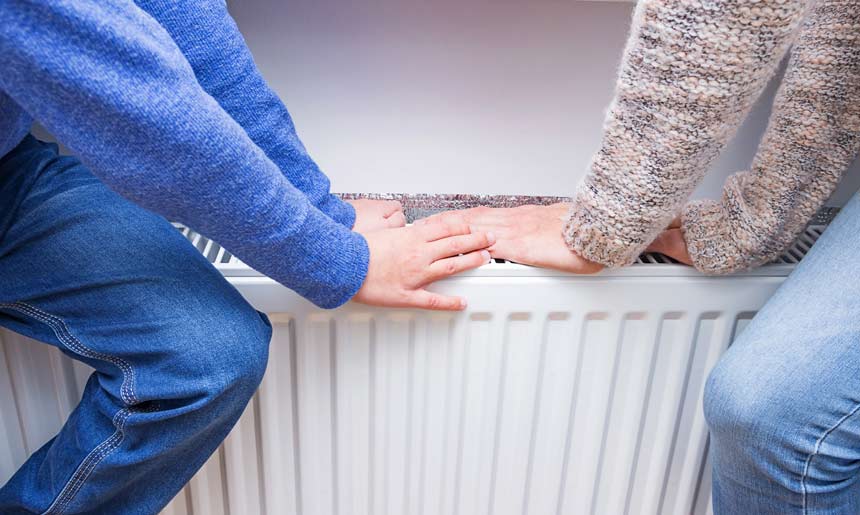
Cold Radiator
The following steps need to be taken in this case:To release the trapped air, perform the follow steps:
- Open the Valve using a wrench- turned counterclockwise. By turning this valve, you can control the amount of steam entering the cooler.
- Check if the thermostat is set higher than the current room temperature, and the radiator is properly sloped.
- Find the tiny cylindrical apparatus that is sticking out from the radiator. If it unintentionally gets closed or blocked, there will be no way for the air to escape.
- If your system vents have a screw on the top, tighten it until steam is no longer escaping.
- If your steam radiator vents have a small hole instead, use a paperclip to clean it out.
If your vents are clear and your valves are turned on, but your radiators still aren’t heating up, get in touch with the radiator repair service to resolve the issue.
Strange Noises
You might frequently hear gurgling coming from your radiator. Mostly, this is brought on by collected air or by water flowing over an uneven surface in the radiator.
A lot of water is being circulated around your pipes and radiators, and air bubbles form over time. If the trapped air accumulates sufficiently, it can produce those bubbling, gurgling noises as well as the occasional cold spot in your radiator. If the top and bottom of your system feel cooler than the middle, this indicates that a trapped air bubble is preventing hot water from reaching the radiator’s four corners. Consequently, you must bleed your steam radiators. Our full guide to how to bleed your radiators will provide you all you know about it. In most cases, you’ll need a professional to help you with radiator repair service.
A Leaky and Drippy Radiator Valve
Water leaking from your steam radiators can cause serious and costly damage to your floors and ceilings, so it’s critical to resolve this issue soon. It’s possible that mineral deposits have partially blocked an air vent that is spitting or leaking water.
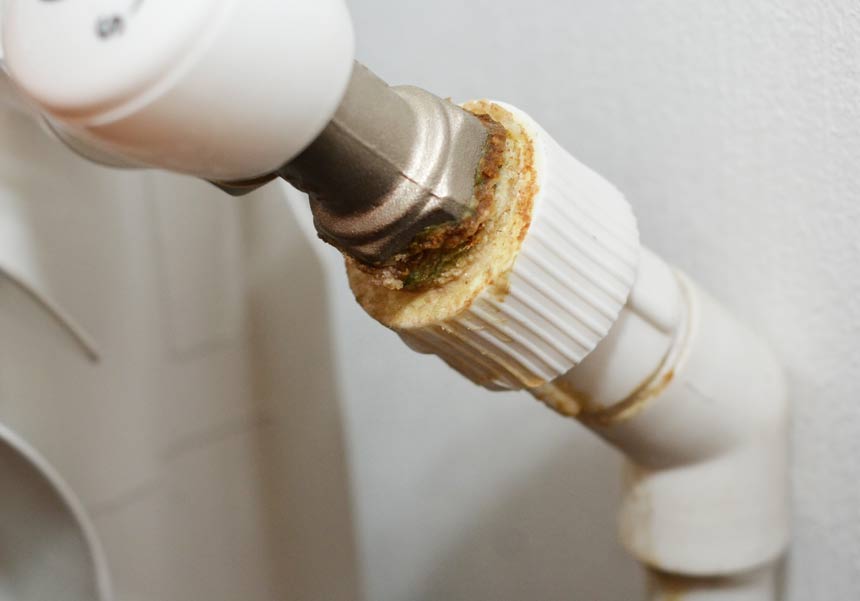
A drippy Radiator Valve
How to fix a drippy radiator depends on the location of the leak. If the leak is just below the handle, you may need to repack the valve. To solve this issue, perform the follow steps:
- Loosen the hex nut under the handle.
- Wrap about 18 inches of Teflon tape around the shaft, screw in, and tighten the nut.
- Make sure enough tape is used to create a good seal.
- If done correctly, this should fix the leak.
The inlet valve should be fully open or fully closed. Leaving the valve partially open can cause leaks and floor damage. When a valve is old or broken, you might occasionally need to replace it entirely. Checking our article Replacing TRV will help you resolve the issue.
Radiator is Clogged
The radiator may thud and bang due to obstructions like mold, calcification, and blockages brought on by trapped dust. As the steam or water is forced through the obstructions, the steam radiator knocks around from the excess pressure. Each time the blockage’s pressure is released, a thumping sound can be heard.
To deal with this issue, follow the procedure below:
- Turn off your central heating and wait until it’s completely cool to prevent hot water from running into the radiator you’re working on.
- Place towels and sheets under the radiator.
- Close the supply valve and remove the vent with a wrench to see if you can vent. Note the number of revolutions taken, as you will need to turn the valve back the same number of revolutions when you replace the radiator.
- Place a bucket under the thermostat valve and loosen with two adjustable wrenches.
- Open the bleed valve with the bleed key to remove air from the steam system. Mud and dirty water will begin to drain. Then unscrew the return valve and repeat the process.
- After draining the radiator, close the bleed valve.
- Remove the radiator from the wall and clean dirt and debris with a hose.
- Carefully hang the radiator on the wall bracket.
- Re-tighten the valve to make sure the lock shield opens as before.
- Use the bleed valve to remove trapped air.
We’ve covered the most common problems with a steam radiator. Like any heater, it requires regular maintenance and is prone to occasional problems. Fortunately, with above tips, you can fix many common radiator problems yourself. If you are unsure of the cause of your radiator problem, do not attempt to replace the system or repair it by yourself, seek professional help on radiator replacement and installation service.
How useful was this post?
Click on a star to rate it!
Average rating / 5. Vote count:
No votes so far! Be the first to rate this post.



